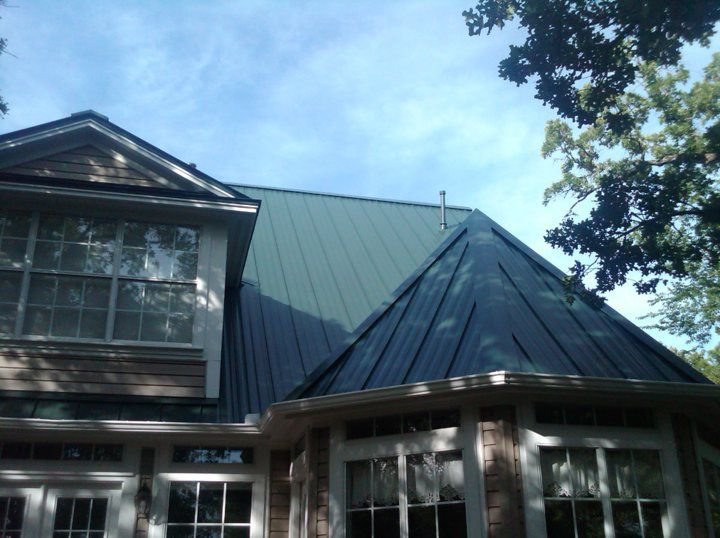The hot summer weather is not only uncomfortable; it can also lead to larger energy bills because of the amount of electricity required to keep an acceptable indoor temperature level. Summer heat can easily penetrate conventional insulation, causing any living space to become warmer. According to experts, there is something that can significantly cut down on the amount of heat penetrating the roofing structure – a radiant heat barrier!
amount of electricity required to keep an acceptable indoor temperature level. Summer heat can easily penetrate conventional insulation, causing any living space to become warmer. According to experts, there is something that can significantly cut down on the amount of heat penetrating the roofing structure – a radiant heat barrier!
Description
Conventionally, sloped and flat roofs use a single type of insulation to keep outdoor hot or cold temperatures from penetrating into the living space. Typical insulation varies from organic and inorganic fibers to synthetic substances, such as foam. While these materials are capable of providing protection, it can only be done by using thick layers, which is very costly. Using too little may be inefficient for the purpose for which it is intended.
A radiant heat barrier is designed to both reflect the sun and reduce the amount of heat that is absorbed by the insulation, thereby reducing thermal damage to underlying roofing material. It also reduces the amount of heat that insulation has to block from interfering with the comfort of the living space.
Material Types
In order to perform its function, the radiant barrier must have high reflectance and emmitance property; one material that has a high value in both areas is aluminum. A radiant barrier is identical to kitchen foil, only it is thicker and comes in larger sizes. Various manufacturers use different substrates or reinforcing sheets. Some other substances used are Kraft paper, plastic film, cardboard and strand board. The substrate is used to improve the strength of aluminum and to prevent it from tearing during installation.
Radiant Barriers vs. Foam
While a radiant barrier is basically a type of insulation, it is important to note that its action is different from conventional types of material. It reduces heat by directing or bouncing it away using its reflective properties. On the other hand, conventional insulation such as foam or fiber, is designed to protect by absorbing much of the heat through its exterior layers, thereby lowering the temperature.
Although a radiant barrier does act as a form of protection against hot summer weather, it is not designed to be a standalone component; it is designed to enhance the function of conventional foam and fiber insulation as it can only block eighty percent of the heat. Another reason is because the material is ineffective as insulation against cold temperatures. Due to these factors, a radiant barrier should only be used to enhance the function of common insulation material and not to completely replace them.
Common Misconceptions
A radiant barrier is normally installed between the deck and the foam insulation. The main concern is the possibility of damaging material above it because it reflects heat back into that material, including the decking, underlayment and shingles. According to roofers, it is true that the radiant barrier is capable of increasing the temperature on the top layers of the roofing structure; however, tests show that it is only capable of raising it from two to ten degrees which is well within the tolerable range for every roofing system.
Radiant heat barriers are an easy way to improve a home’s thermal efficiency. During the summer when cooling devices such as air conditioners and fans operate so much, lowering indoor temperatures by using these barriers can lead to a ten to twenty percent reduction in the amount of energy needed to cool the living space. Hopefully this article has provided some helpful information regarding radiant heat barriers, and has provided an answer to some of the common misconceptions regarding their use!
Schulte Roofing Can Handle All Your Roofer Houston Needs!
Do you need a good roofer Houston company to help you with the installation of a radiant heat barrier? Contact the experts at Schulte Roofing at 800-367-7663 who can help all greater Houston area customers with this and many other roofing issues!
